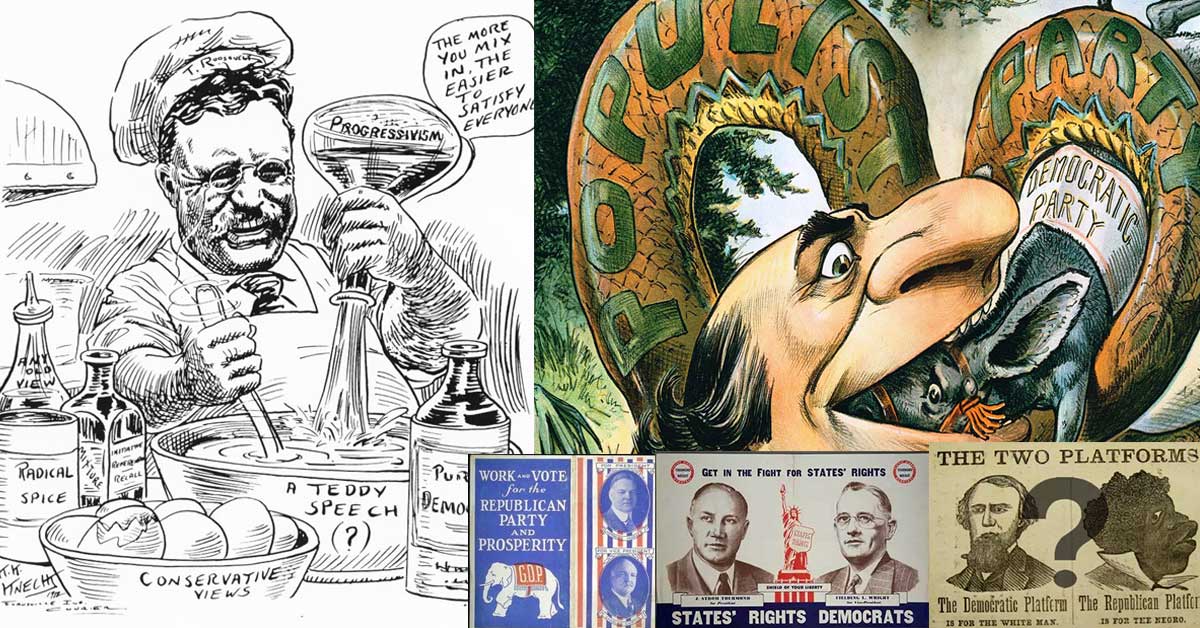The Problem With Unsubstantiated Information and Plausible Deniability

The problem with unsubstantiated information is that it is unverified as true, and often leaked by sources with plausible deniability, which is confusing.
This section contains references and supplemental content related to FactMyth.com such as how to’s, infographics, and other explainers. If its not a fact or myth specifically, it is in this catch-all section.

The problem with unsubstantiated information is that it is unverified as true, and often leaked by sources with plausible deniability, which is confusing.

The modern Tea Party is a progressively conservative nativist protectionist populist movement that represent a response to globalism and progressive social liberalism.

The United States can be thought of as a union of diverse and sovereign regions, of sovereign people, who agree on the basic principles of democracy, republicanism, federalism, and liberalism in general.

Thomas Jefferson is credited with having said, “equal rights for all, special privileges for none,” a slogan that other progressive Democrats like Williams Jennings Bryan embraced.

We explain the meaning of Democrat, Republican, Whig, Federalist, Anti-Federalist, Union, and Confederacy the political terms the major parties used for their party names.

We explain three different types of Republicans found in America during Civil War Reconstruction: moderate, conservative, and radical Republicans.

We explain the different types of American progressivism from the founders, to the Reform movements, to Bryan and the Roosevelts, to the progressives and populists of today.

Notable political factions, politicians, and platform planks switched between the major U.S. political parties throughout U.S. history leading to a number of complex changes. Here are some different ways to look at “the party switches” and different “party systems” the changes resulted in.

On this page we discuss the concepts of fairness, justice, morality, and ethics as they relate to Utilitarianism.

We explain how experience and social interactions shape our frame of reference and create ideological bubbles, and how this creates confirmation bias and “bubble filters” that reinforce these bubbles.